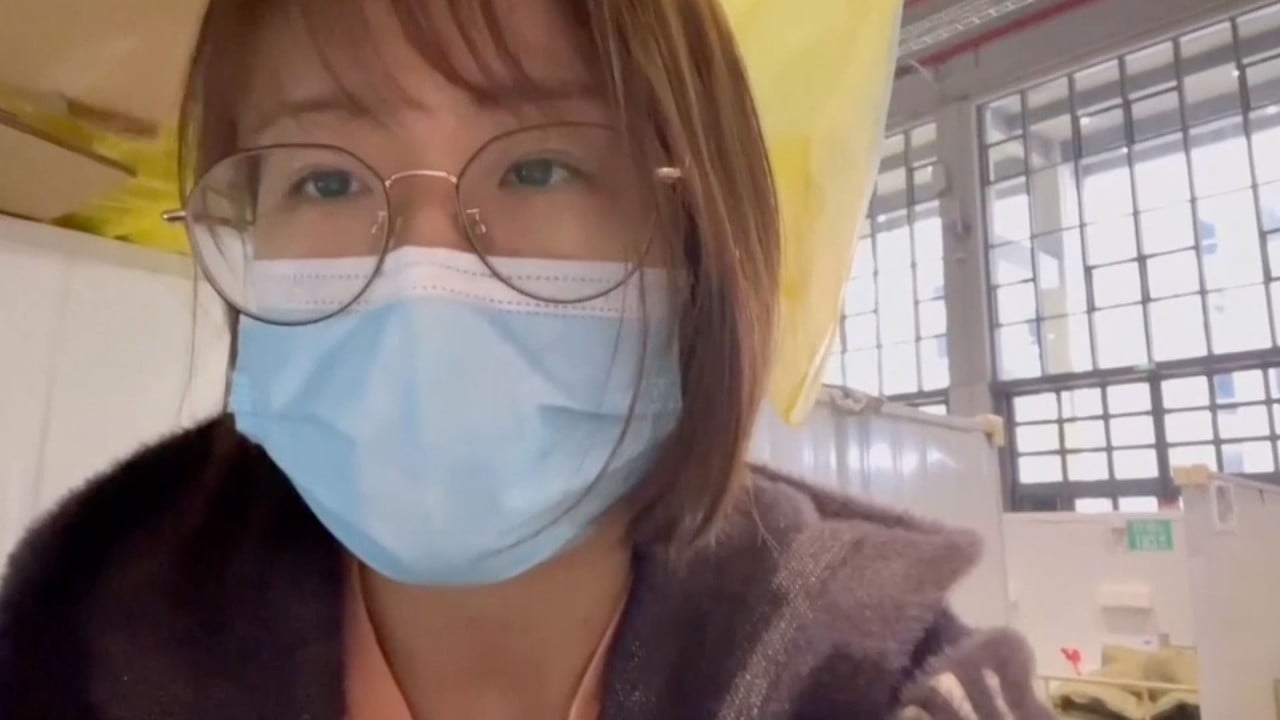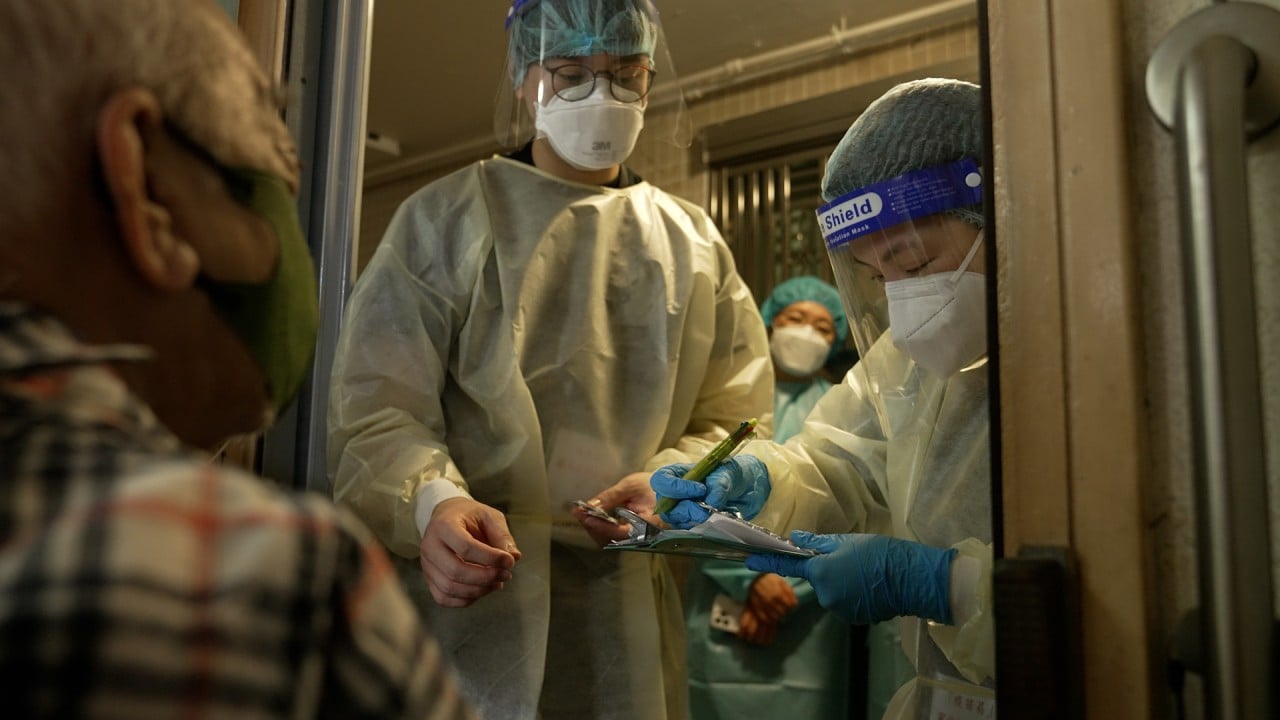
Coronavirus: 3 shots of Chinese inactivated vaccine effective against Omicron variant, say researchers
- Patients boosted with the jabs had two fewer days in hospital and in recovery than those who were not vaccinated, according to paper
- ‘Strengthening the protection of middle-aged and senior populations would effectively reduce the burden of the pandemic on public health,’ says Chinese team
“[A] booster dose with inactivated vaccine can provide protection by inducing effective neutralising antibodies against the Omicron variant, reducing the risk of severe disease and ICU admission, and shortening the duration of illness,” they wrote in a paper posted on preprint server medRxiv on Saturday.
Patients infected during an outbreak in Tianjin early this year who had been boosted with an inactivated vaccine had two fewer days in hospital and in recovery on average than those who were not vaccinated, and the duration was also less than those who had had two shots, said the paper’s authors.
The team included researchers from Tianjin Third Central Hospital, Nankai University and Peking University.
China’s mass vaccination campaign has relied heavily on domestically developed inactivated shots from Sinopharm and Sinovac. Inactivated jabs use dead material from the virus to trigger the immune system.
In February, Chinese regulators approved the mixing of domestic vaccines as boosters to improve immunity against Covid-19, and added two more Chinese-developed shots to the booster roster.
“If there is a new outbreak and a new variant in the future, whether it is necessary to continue booster vaccination at that time remains to be studied. But it is certain that receiving boosters helps,” he said.
What are the benefits of a second Covid-19 vaccine booster shot?
“The mortality rate of the elderly and vulnerable groups with underlying diseases remains a key indicator in getting over the pandemic. To keep the fatality rate at a very low level, [we should] increase vaccination rates for this population and ensure medical resources for treatment.”
According to the study posted on medRxiv, up to 93 per cent of Tianjin residents “had been vaccinated to a varied extent” by January 8.
In the study, around 80 per cent of the 430 Omicron patients in the port city received inactivated vaccines. Among them, nearly 55 per cent had the Sinopharm shots, and most of the rest had the Sinovac jabs, with just 0.3 per cent receiving other inactivated vaccines.
More than 10 per cent received the CanSino adenovirus-vectored vaccine, while nearly 9 per cent of the patients were not vaccinated.
“Receipt of three-dose inactivated vaccines can substantially reduce the disease severity of Omicron BA.1 infection, with most vaccinated patients presenting with mild to moderate illness,” the researchers found.
“In adult patients, three doses reduced disease severity compared with no vaccination. The ICU admission rate was only 0.6 per cent for patients who had received a booster dose of inactivated vaccine and 4.8 per cent for those who only received two-dose primary series, both significantly lower than the 27.5 per cent for unvaccinated patients.
“Compared with unvaccinated patients, patients who have received three doses of inactivated vaccine before infection are substantially less likely to progress to ICU, have a lower risk of re-positive nucleic acid test and a shorter course of illness, suggesting that receipt of inactivated vaccine confers strong protection against severe disease.”
China pledges ‘strictest, most resolute’ measures to halt Omicron spread
They also found that up to 88 per cent of child patients presented with merely mild symptoms or no symptoms, compared with 35 per cent of adult patients.
“This indicates that people of older age are more likely to develop severe disease after infection, and strengthening the protection of middle-aged and senior populations would effectively reduce the burden of the pandemic on public health.”
The research team said “compared with adults, child patients presented with less severe illness, no ICU admissions, fewer comorbidities and less chance of turning re-positive on nucleic acid tests”.



